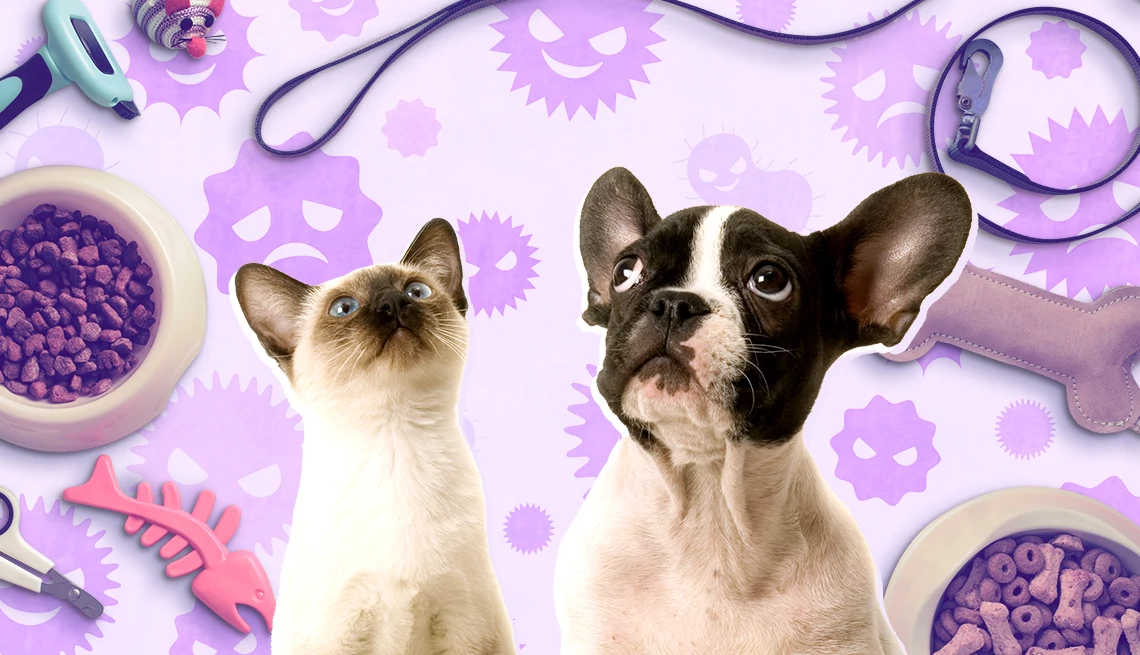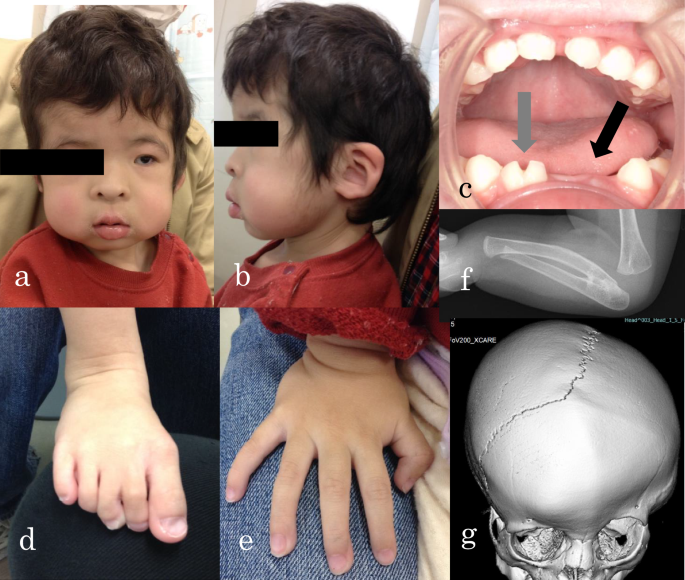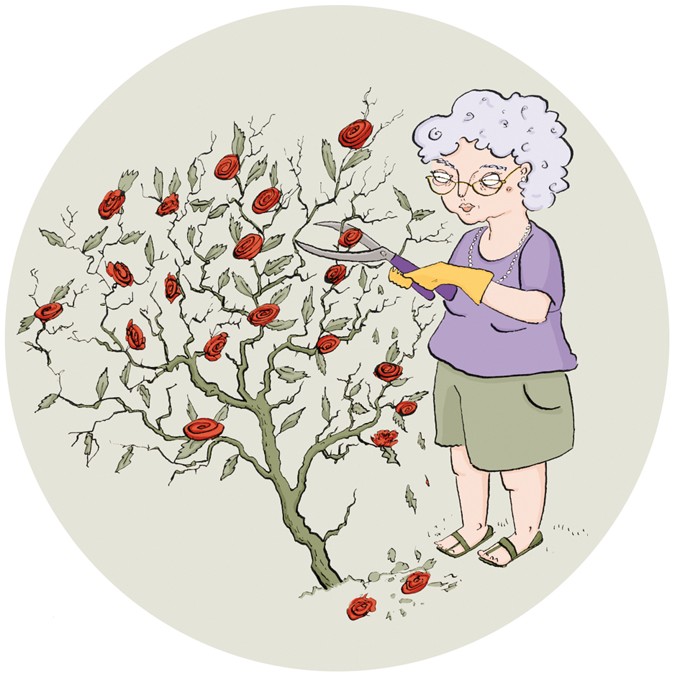
- Select a language for the TTS:
- UK English Female
- UK English Male
- US English Female
- US English Male
- Australian Female
- Australian Male
- Language selected: (auto detect) - EN
Play all audios:
If your dog bed doesn’t fit in your washing machine, visit a laundromat — which will usually have larger washers and dryers. No laundromat nearby, or just can't get there? You can find
step-by-step instructions on the American Kennel Club website for washing a dog bed by hand to get the germs out. And yes, it’s a good idea to clean the insert even if you have a removable
cover. Getty Images COLLARS, HARNESSES AND LEASHES. Dogs often wear their collars 24/7, and harnesses and leashes may be used for daily walks around the neighborhood, trips to the dog park
or visits to the vet. Brian Collins, veterinarian with the Cornell Riney Canine Health Center, says many owners go months without washing these items and advocates for a more regular
cleaning routine. “Collars will become contaminated with bacteria, yeast and dander. They may contribute to rashes on the pet’s neck, especially in dogs,” he says. The best approach to
cleaning collars, leashes and harnesses depends on the material. Nylon, cloth and neoprene items can be soaked in a sink filled with warm water and scrubbed with a soft brush and dish soap
or other all-purpose cleaning agent; leather collars, harnesses or leashes will need to be cleaned with products designed for leather care. Once these items have been scrubbed, Collins
advises allowing them to dry thoroughly before putting them back on your pet because damp collars or harnesses that are worn close to the skin could harbor mold or mildew and increase the
risk of skin infections and rashes. Getty Images TOYS. It only takes one toss of a tennis ball or a single game of tug-of-war for you to realize that your pet’s favorite toys can get filthy
fast. In fact, pet toys were ranked as among the germiest items in your home by the National Sanitation Foundation. Certain toys will need to be washed more often than others. “A toy used
outside may become soiled quickly, be exposed to allergens, and possibly parasites,” Collins says. “Toys used by dogs that drool a lot or have dental disease may become [stinky] or
contaminated with lots of bacteria or yeast.” Collins suggests checking manufacturers’ instructions for cleaning pet toys. As a general rule, plush toys can be washed with soap and warm
water or in the washer and dryer, while toys made from plastic or rubber can be washed in the top rack of the dishwasher; use vinegar as a cleaning agent instead of dishwasher detergent.
Getty Images LITTER BOXES. Cats prefer clean litter boxes. You should scoop cat litter daily and replace clay litter twice a week — more often if you notice odors or if a lot of the litter
is wet or clumped — and it’s important to clean and disinfect the litter box every time you change the litter, according to Brister. “Soap and water are fine for general cleaning, but
occasionally disinfecting with dilute bleach is a good idea,” she says. “For stubborn odors, soaking the litter box in an enzymatic odor neutralizer is helpful.”







